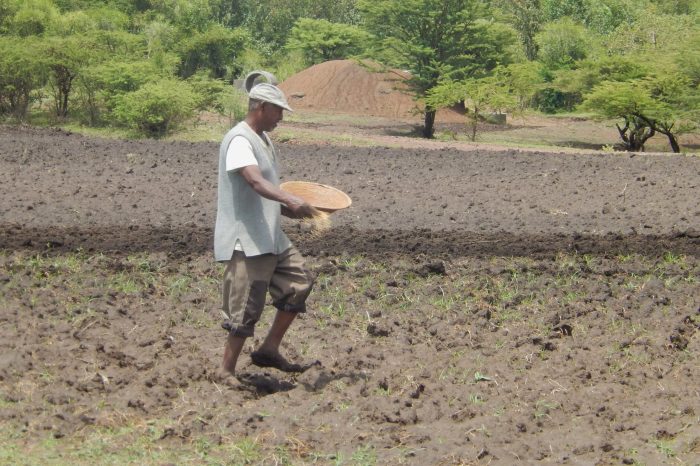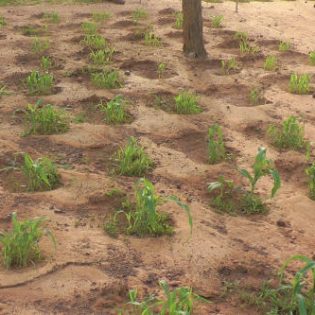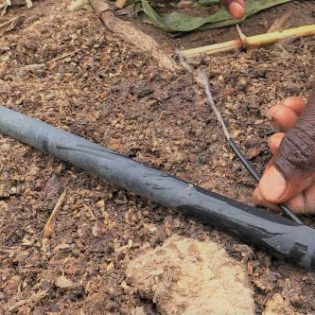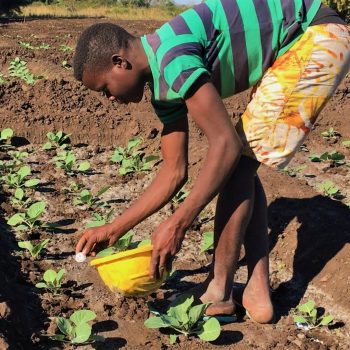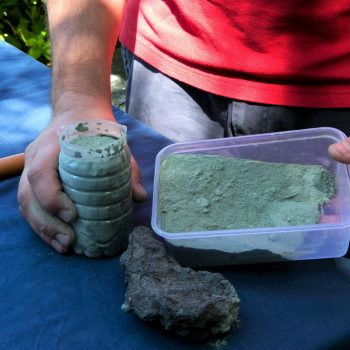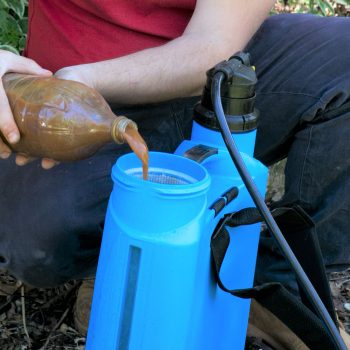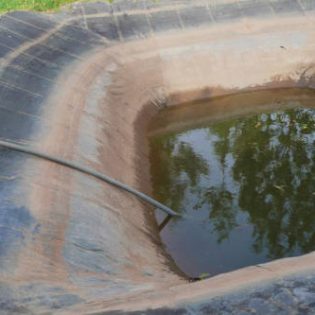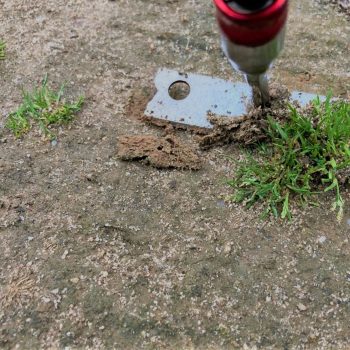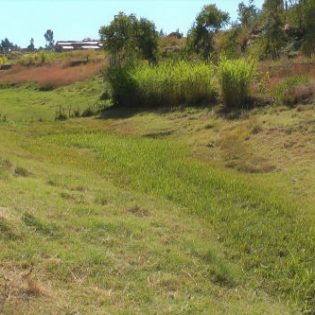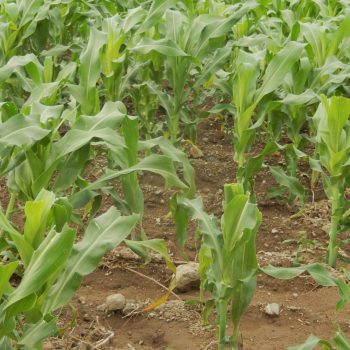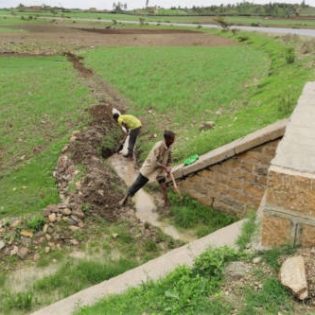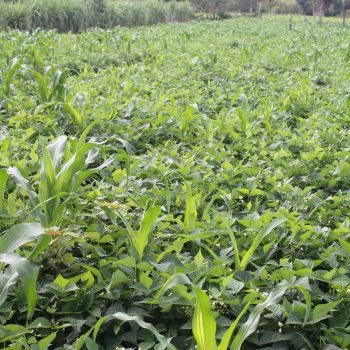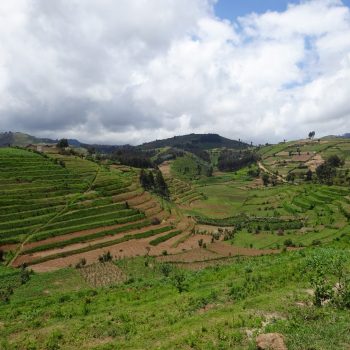| The sowing date of a crop defines the environmental conditions to which the crop will be exposed in key moments of its developmental cycle (e.g., critical periods for yield and quality components). Farmers are often well aware of the required environmental conditions, ie. the amount of water (rainfall / irrigation) required during different cropping stages and the ideal temperatures. However, if environmental conditions change, for example if droughts and rains become more intense or erratic, farmers will need to adjust sowing, possibly consider supplemental irrigation and or drainage where flooding and water logging (threatens to) occurs. Various researchers have already concluded that for staple crops such as maize, wheat, rice the adaptation of sowing dates is the first most reasonable measure to consider where climate changes is felt (Krishnan et al., 2007; Hai-dong et al., 2016; Lv et al., 2020). Empirical analysis of rainfall data can help in forecasting dry spell frequency and length (Sivakumar, 1992), which in turn can help ascertain if planting dates for seasons to come should change and or if other measures such as alternative varieties, cropping patterns, fertiliser quantities and composition or supplementary irrigation is needed.
Considerations in changing sowing dates do not only relate to the first sowing date for the season because it is dependent on first rains or other season break factors, there are choices after that time. Researchers and farmers over decades have examined the effects on yield of changing planting dates. (shifts in) Climatic conditions throughout the cropping season should be considered, when looking at potential problems affecting expression of yield. These are set out against the various plant stages in the figure below. Particularly the anthesis and grain filling stages should be set out against rainfall forecasting and or (supplementary) irrigation (FAO, 2003). Zadoks growth scale (FAO, 2003) Shifts in crop sowing dates should not be seen a standalone solution to attainable yields, consider it an adaptation measure to changing environmental contexts. Complementary adaptation which farmers considered in different agro-ecological zones in Pakistan include: the use of improved varieties (agro-ecological zone specific), higher seeding rates and additional fertilizer application (Shah et al., 2021).
|
Additional information
| Agriculture | Flood/spate irrigated, Irrigated, Rainfed (Crop) |
|---|
